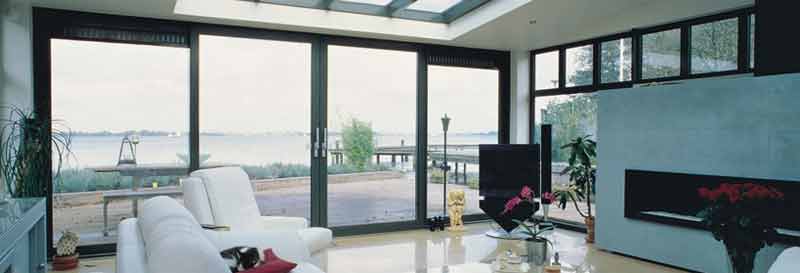
Is Triple Glazing Superior To Double Glazing
Triple glazing is often promoted on the presumption that ‘two (panes) must be better than three’. But is there a difference in performance, and is that applicable in Australian conditions? Let’s leave aside the obvious fact that equivalent quality triple glazing is more expensive that double. Let’s take a look at the UK market, which is a much colder one than Australia. How does the glazing industry in the UK see the future of triple glazing?
Double Glazing Blogger is the foremost writer on the industry in the UK, and he actually owns a retail business in the industry. He has run a series of industry Polls. The latest asks “Has Triple Glazing Already Had It’s Day?” People taking the Poll were given three responses to choose from. The responses, and the votes they received were;
- Yes, not enough demand 72%
- No, it’s a slow burner 15%
- Not sure- has potential 13%
So that’s quite a compelling verdict from the industry. What could the factors be, behind that? Here’s the explanation from the Double Glazing Blogger.
“As an industry we moved from single glazed to double glazed windows. It was a roaring success because it addressed a number of issue s. Namely, energy efficiency and security, as well as some others. But particularly heat saving, that is why double glazing took root and became the standard we have today. There was a genuine need for it, so home owners chose it. You wouldn’t dream of buying single glazed windows now.
Over time, double glazing was improved and refined over time, to reach today’s very high end options, which are far more energy efficient than first generation double glazed windows. So naturally, you would think that the natural progression for this product would be to jump to a third pane of glass and make it triple glazed. Two was better than one, so why wouldn’t three be better than two?
Unfortunately, the marketing departments got hold of triple glazing before scientists did, and that natural assumption of “three is better than two” took over. It was the saviour to noise reduction and the next step in energy efficiency for windows. That was however, until it was proven that there was no tangible benefit to either unless your triple glazed unit was 44mm wide or more. Anything less was pointless. That was a bit of a crushing moment, and perhaps the first big dose of reality on a product that was struggling to find it’s natural place in the industry.
For home owners who wanted noise reduction, there was already an array of proven double glazed options already available, more cost effective than triple glazing too. And from an energy efficiency point of view, whilst WER ratings were higher, U-Values didn’t move in the same way, so in reality any actual benefits were negligible and were not worth the extra cost.
The reality is that for triple glazing, there were just too many reasons to not buy it. Effective noise reduction and energy efficient double glazed options were already doing the trick nicely. The UK climate isn’t exactly Scandinavian, so doesn’t warrant such a product. The minute benefits were not worth the extra cost for home owners. It offered nothing different in terms of design for home owners or indeed installers to get excited about, which is an absolutely key factor when choosing new windows and doors in modern fenestration.
For now at least, I think we can forget about triple glazing being the new double glazing. It’s best chance for now has been and gone, and there are more exciting and truly innovative products out there inspiring both the industry and home owners alike.”
Interesting, indeed.